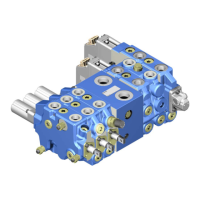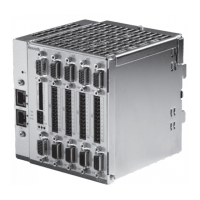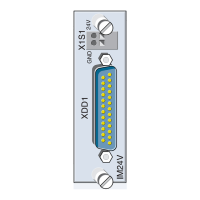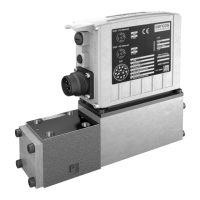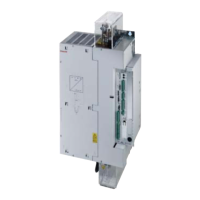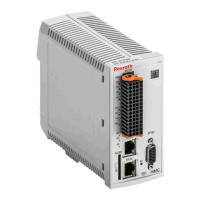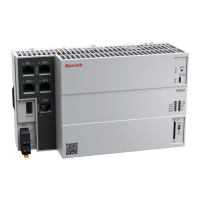20/48 Product information
Bosch Rexroth AG, 3DREP 6../..XE, RE 29184-XE-B/04.16
The classification (see table 8) is based on the maximum gap width determined in
experiments or on the minimum ignition current ratio for the explosive atmosphere
in which a device may be installed (see IEC 60079-20-1). Explosion group IIA
contains less dangerous substances, explosion group IIC the most dangerous
substances. Products intended for a particular explosion group may always also be
used in less dangerous zones.
Table 8: Examples for the classification of gasses, mists and vapors into explosion groups
Explosion group Examples for gasses, mists and vapors
Dangerousness
IIA Acetone, ammonia, gasoline, benzene, carbon dioxide,
ethanol, methane, hydrogen sulfide, propane
medium
IIB Ethylene, city gas, acetaldehyde high
IIC Hydrogen, carbon disulfide, acetylene very high
Please note that in atmospheres which are potentially explosive due to explosive
gasses, mists or vapors (zone 0, 1, 2 for which device group II, categories 1G, 2G
and 3G are intended), the maximum surface temperature of the valve must in
addition be below the ignition temperature of the surrounding explosive gas,
mistorvapor.
Based on their maximum surface temperature, these hydraulic products are
classified according to EN 13463-1 and EN 60079-0 into temperature classes
T1 to T6. With hydraulic products in device group II and in categories 1G, 2G
and 3G, thetemperature class is part of the explosion protection mark, see
"Data sheet 29184-XE". Itprovides information on the suitability of the hydraulic
product for the use in aparticular potentially explosive atmosphere due to explosive
gasses, mists or vapors.
Table 9: Temperature classes for device group II
Temperature class Maximum surface temperature
T1 450°C
T2 300°C
T3 200°C
T4 135°C
T5 100°C
T6 85°C
Classification of gasses,
mists and vapors into
explosion groups
Temperature classes for
device group II
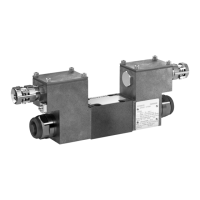
